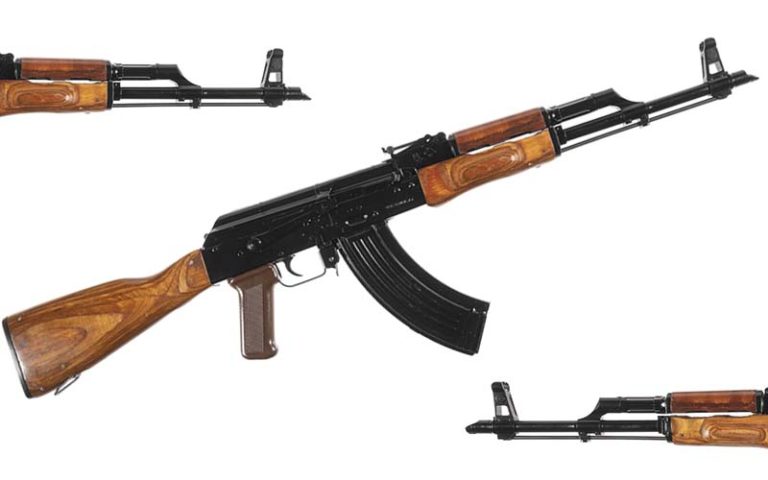
There are many good Kalashnikovs, but being the most-produced rifle variant of all time has its perks. Here’s why the AKM is still the gold standard of the global small arms world.
The AKM could be compared to a virus. Not in any negative sense or as a comment on its lethality, but to highlight their endurance and ability to propagate. This is because by the time the Soviet Union had been “infected” by the AKM, it had already begun to spread beyond its host.
Distributed to allies in Asia, Africa and the Middle East shortly after its adoption by the Soviets in 1959, this rifle saw more action in its infancy than many other rifles would during the entirety of their existence. The Soviet Union alone produced over 10 million AKM rifles, and licensed production from other nations puts the total figure well beyond that. When you begin to include unlicensed copies and pseudo-AKM clones like the Chinese Type 56, the sheer number of AKMs in global circulation becomes almost unfathomable.
With such high production numbers and such widespread proliferation, it’s no surprise that the AKM has become the gold standard of small arms around the world. Like a positive feedback loop, the AKM’s initial global popularity has resulted in it staying just as relevant today as it was sixty years ago.

What Is An AKM?
Technically speaking, the AKM is a specific select-fire AK variant that was produced at the Tula and Izhmash arms factories between the years of 1959 and 1977. While true AKMs like this are commonplace throughout the world, it’s generally not exactly what people mean when they say “AKM”. AKM has become the catch-all term for the AKM-pattern of rifle, a pattern that has, for the most part, universally interchangeable parts and is manufactured based on the original Soviet design. Using that definition, we can eliminate any pedantry and understand that whether it’s technically a Russian AKMS variant, an Egyptian MISR or a semi-auto WASR-10, they can all be considered AKMs.
As a rule of thumb, all AKM components are interchangeable with one another. There are some obvious caveats, like possibly needing to re-headspace when swapping bolts and automatic FCGs being different than semi-auto ones. But generally speaking an AKM from one country could be repaired using parts from any other.
AKM Development
Ahead of its time, the very first generation of AK rifles (informally known as AK-47s) utilized a stamped sheet metal receiver, but insufficient manufacturing techniques led to issues. This is why Type 2 and Type 3 “AK-47s” used a milled receiver instead. The most significant change to be found on the AKM was its return to the original stamped receiver design, as it had become feasible to produce by 1959. Bent into the proper shape from a 1mm-thick steel sheet and then riveted to a front and rear trunnion, the AKM receiver was not only significantly cheaper to produce than its milled receiver counterpart, but lighter too.
Several other changes were made, but most impacted the manufacturing process more than the end-user. The result was a rifle that was just as reliable and easy to use as the AK-47, but one that was now well-suited for cheap, large-scale mass production in Russia and abroad. The AKM was conceptualized by its creator as his home was being occupied by a foreign power who invaded them while they were woefully under-armed. Mikhail Kalashnikov never wanted to see that happen again, so a primary goal of his new rifle was mass production. When the AKM came online in 1959, his dream was finally realized.
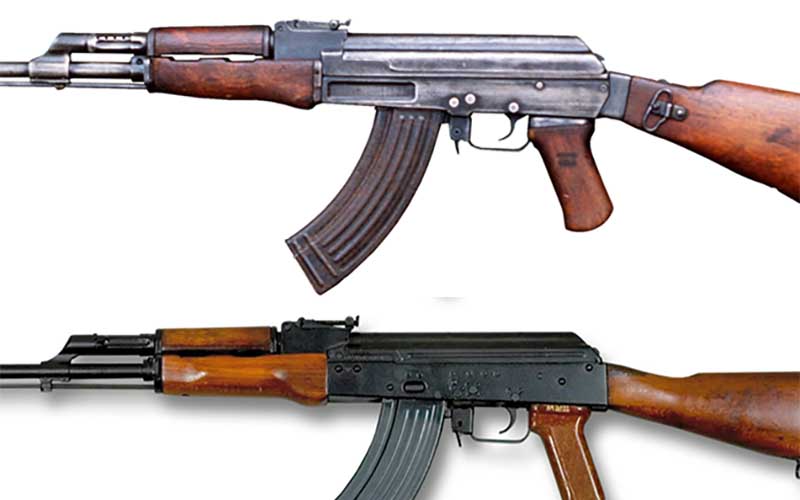
AKM Modularity
Standardization of arms between allies is often a goal of modern militaries. NATO attempted to do it with the adoption of the FN FAL, but never fully achieved it. Standardization was a happy accident for the Soviets and their allies. This is because all AKM rifles were based on the original Russian specs. It didn't matter if they were officially licensed or bootlegs, the blueprints will be nearly identical.
Standardization would have a positive but unintended effect on the AKM’s popularity. The ability to easily swap furniture and other parts helped to lay the groundwork for what is now a very customizable weapon system. One only needs to look at a small selection of AKs used around the world to see how much customization can be completed using only original factory parts. A standard fixed-stock AKM can become quite a bit more tactical by adding an East German-style side folder and Romanian dong grip, for example.
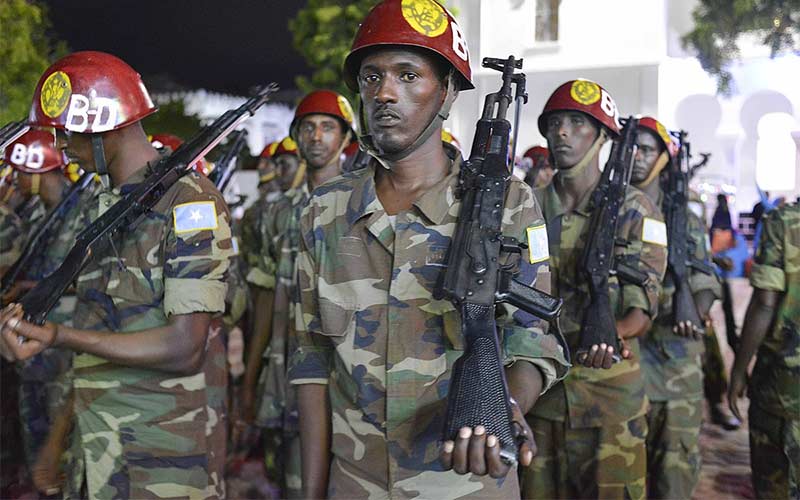
In 2021, the AKM doesn't limit shooters to strictly factory parts. Thanks to the continued use of the AK by government forces as well as the private sector, the amount of available aftermarket accessories has exploded. Firearms accessory companies of all sizes from all around the globe produce modern, tactical upgrades that can bring old AKMs into the 21st century.
AKM Ammunition and Magazines
Whether your AKM has been modified or not, it’s useless without ammo or magazines. This is another positive byproduct of the AKM’s widespread adoption, its cartridge and feeding device have become equally as abundant. Several decently sized nations have so much 7.62×39 stockpiled that they refuse to abandon the caliber for economic reasons alone. Some of these nations have stuck with their old AKMs as well, but others like Venezuela and Nigeria have purchased more modern AK variants that still use the old caliber and magazine. Even nations like Russia that long ago moved to 5.45 still issue 7.62 AKs in certain situations. Some Spetsnaz in Syria have been seen favoring them due to their increased barrier penetration, so the platform is still certainly viable in modern combat.
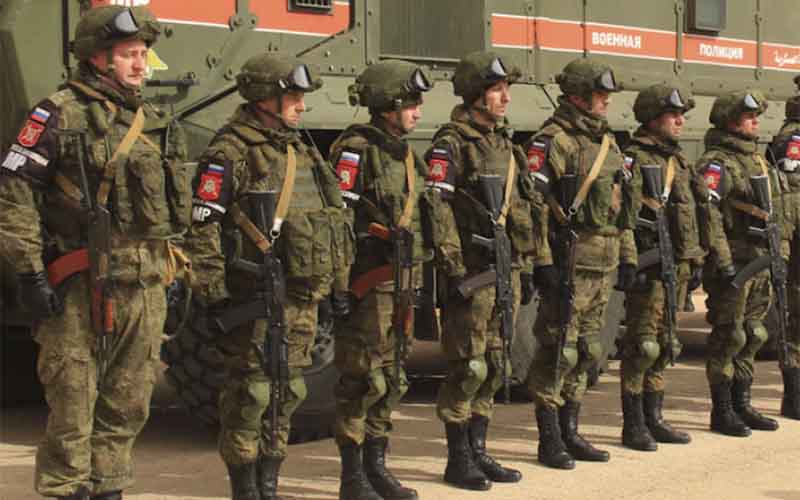
Even certain Western soldiers have put the AKM to good use, and some still do today. It was used by some American special forces in Vietnam, by some Rhodesians during the Bush War and even many modern PMCs in the Middle East.
AKM In America
The same reasons that have made the AKM such a common and popular rifle abroad are the same ones that made it popular in America. Sure, there are devotees to milled AKs and Yugoslavian-pattern rifles in the U.S. too, but at the end of the day, the AKM is still king. While there certainly are aftermarket options available for the other patterns now as well, none are or ever will be as common as their AKM-pattern equivalents. The same can be said about 7.62×39 magazines versus the other two popular calibers options. This doesn’t mean that Zastava or Arsenal rifles aren’t good, but it does mean that for an American looking for the most quintessential AK he can buy new in 2021, he’d scratch that itch better with a WASR or WBP Fox.

Parting Shot
The AKM has been used in every significant human conflict on Earth since its invention. If there are ever human conflicts that are not on Earth, it will likely see action in those as well. Nothing could have prepared the team that designed the AKM for what was to become of their humble little assault rifle. What was initially intended to arm Soviet troops and their allies eventually became nearly synonymous with the concept of a gun itself. The firearm illiterate like to call anything that takes a magazine an “AK”, and villagers on the other side of the world who have never seen a TV know how to take one apart. Regardless of what you think of the AKM’s mechanical merits, no other gun has ever been emblazoned on a country’s flag before, and that does mean something.
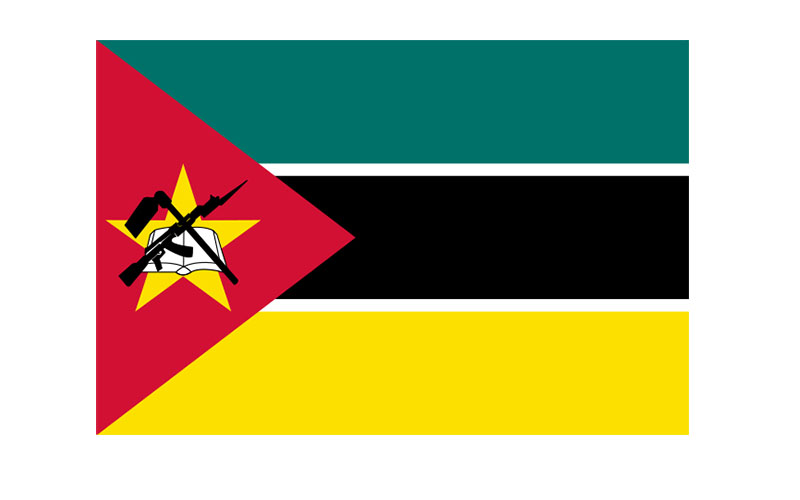
In 2021, whether you’re a conscript in a poorer nation’s army or a Western advisor, a Somali pirate or just a civilian hobby shooter, you are probably familiar with the AKM. While there have undoubtedly been improvements made since the original design, implemented in things like the AK-100 series, none of these will ever reach the same mythic status as the AKM. Born in the right time and at the right place, there will likely never be another gun that sees the same success as the AKM. No matter who you are, where you are or what you’re doing, an AKM will always be a solid choice.
Check Out These 7.62 AK Pistol And Rifle Imports
- The Mini Jack And Lynx AK Pistols From WBP
- The Zastava ZPAP92 AK Pistol
- The Polish Beryl M762
- The Zastava ZPAP M70 Rifle
- The Cugir Mini Draco AK Pistol

Next Step: Get your FREE Printable Target Pack
Enhance your shooting precision with our 62 MOA Targets, perfect for rifles and handguns. Crafted in collaboration with Storm Tactical for accuracy and versatility.
Subscribe to the Gun Digest email newsletter and get your downloadable target pack sent straight to your inbox. Stay updated with the latest firearms info in the industry.

![Best Concealed Carry Guns In 2025 [Field Tested] Wilson Combat EDC X9S 1](https://gundigest.com/wp-content/uploads/Wilson-Combat-EDC-X9S-1-324x160.jpg)


![Best 9mm Carbine: Affordable PCCs [Tested] Ruger Carbine Shooting](https://gundigest.com/wp-content/uploads/Ruger-Carbine-Shooting-100x70.jpg)
![Best AR-15: Top Options Available Today [Field Tested] Harrington and Richardson PSA XM177E2 feature](https://gundigest.com/wp-content/uploads/Harrington-and-Richardson-PSA-XM177E2-feature-100x70.jpg)
